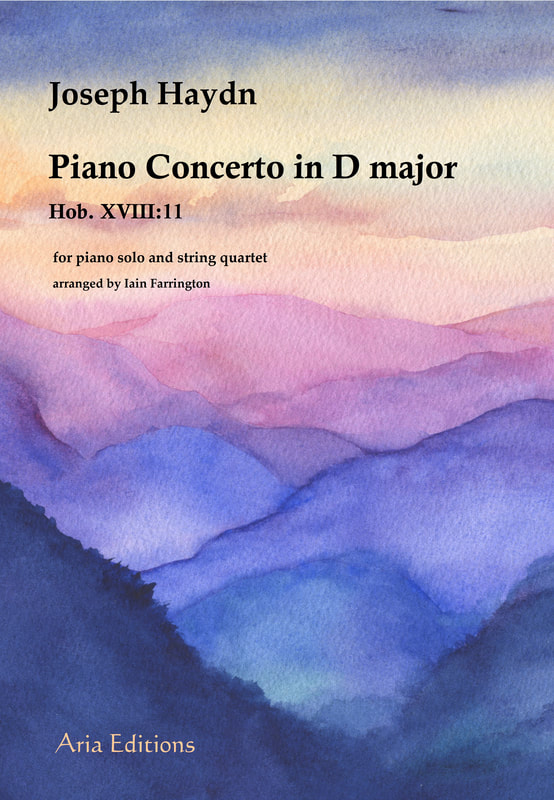|
Joseph Haydn - Piano Concerto in D major. Hob. XVIII: 11
for Solo Piano and String Quartet Joseph Haydn (1732-1809) composed his D major Piano Concerto around the period 1779-1783. Haydn was already a famous composer across Europe, and the Concerto quickly became his most popular. It was originally composed for harpsichord or fortepiano, and shows influences of the young Mozart. The finale is in a Hungarian gypsy style, full of flamboyant humour and spicy trills. Its initial theme possibly derives from a Bosnian or Croatian dance. Mozart arranged a number of his own Piano Concerti for piano and string quartet, partly to enable performances in a domestic environment, but also to maximise sales to the burgeoning middle-class and amateur music scene. This arrangement of Haydn's Piano Concerto follows that tradition and is performable with an optional double bass part. Available to purchase from Aria Editions here Instrumentation: piano, violin 1, violin 2, viola, cello. Optional double bass Listen to extracts here: 1. Vivace (1’56) 2. Un poco Adagio (1’04) 3. Rondo all'Ungarese: Allegro assai (1’03) |
